2014.09.29
Vegetarianism – Is it possible on Okinawa?
When most North Americans hear the words “Japanese diet”, the first thing that comes to mind is “sushi”. However, sushi is only one of the items in a varied diet consisting of staples such as rice, fish, tofu, miso, and various side dishes including pickled vegetables and noodles.
The definition of a vegetarian is wide due to how strict one adheres to the diet and principles behind the diet, but is usually broken down into a few categories.
- Ovo-vegetarian: includes eggs but no dairy products
- Lacto-vegetarian: includes dairy products, but no eggs
- Lacto-ovo vegetarian: includes dairy products such as milk, eggs and honey
- Vegan: excludes all animal meat and products such as milk, honey, eggs or any item manufactured from these products
When a North American vegetarian considers how they would fare eating the Japanese diet, it seems like it would be a fairly easy process considering the rice, tofu, miso and pickled vegetables portion of the dietary staples. If you were cooking at home, obviously you would have full control over your meals, which would certainly enable you to adhere to your vegetarian diet. However, eating out for lunch or dinner or buying pre-made snacks on Okinawa is the area, in which you will have more difficulties.
If you pop into a convenience store or supermarket on Okinawa, you will notice that every bento box and sandwich contains meat. Even the packaged noodles in a cup contain meat. Most regular restaurants do not have specific vegetarian items on the menu, although any experienced vegetarian can usually make a restaurant menu work in their favor (i.e., it’s typically a safe bet to order salad, rice and vegetables). However, if you are a strict vegetarian keep in mind that most food is prepared with fish stock. You will need to decide how flexible you are regarding this (or in some cases, how hungry you are!).
There is a Japanese phrase for vegetarian which is “watashi wa bejitarian desu”, but most local people won’t really understand what this means. A more effective way to get your point across is to say “watashi wa niku to sakana wo tabemasen,” which means I don’t eat meat or fish. I find it always helps if you say this with a smile and a sheepish look on your face that reads, “yes, I know, I’m crazy like that!”
Surprisingly, there are more vegetarian/vegan restaurants on Okinawa than one would think. Here is a list of some of the vegetarian/vegan restaurants located on Okinawa:
- Cafe Sprout (located in the Samashita, Ginowan District)
- Guacamole Burrito Truck (located in the Nakagami-Gun District, run by Ken)
- Bakery Suien (located in Zakimi, Yomitan)
- Ukishima Garden (located in Naha near Kokusai Street)
Thankfully this is only a short list; there are many more located all over Okinawa, and a quick Internet search will turn up some delightful options.
So fear not! Remaining vegetarian or even vegan on Okinawa may be more difficult than in North America, but it’s definitely possible with a little patience and planning. The lack of convenient or packaged vegetarian food may even encourage you to cook more healthy meals at home, which not only is a healthier and cheaper option, but it could uncover a talent and joy you never knew you had.
-
Jai Jai


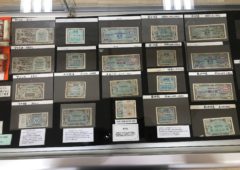 2024.04.22
2024.04.22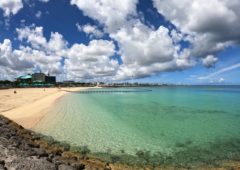 2024.04.10
2024.04.10 2024.01.31
2024.01.31 2024.01.02
2024.01.02 2023.12.27
2023.12.27 2023.11.16
2023.11.16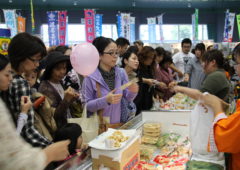 2023.11.14
2023.11.14 2023.11.10
2023.11.10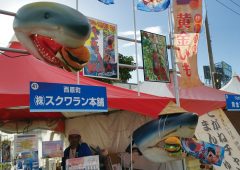 2023.10.26
2023.10.26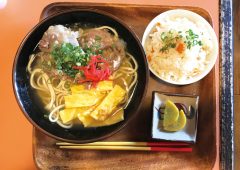 2023.10.16
2023.10.16






